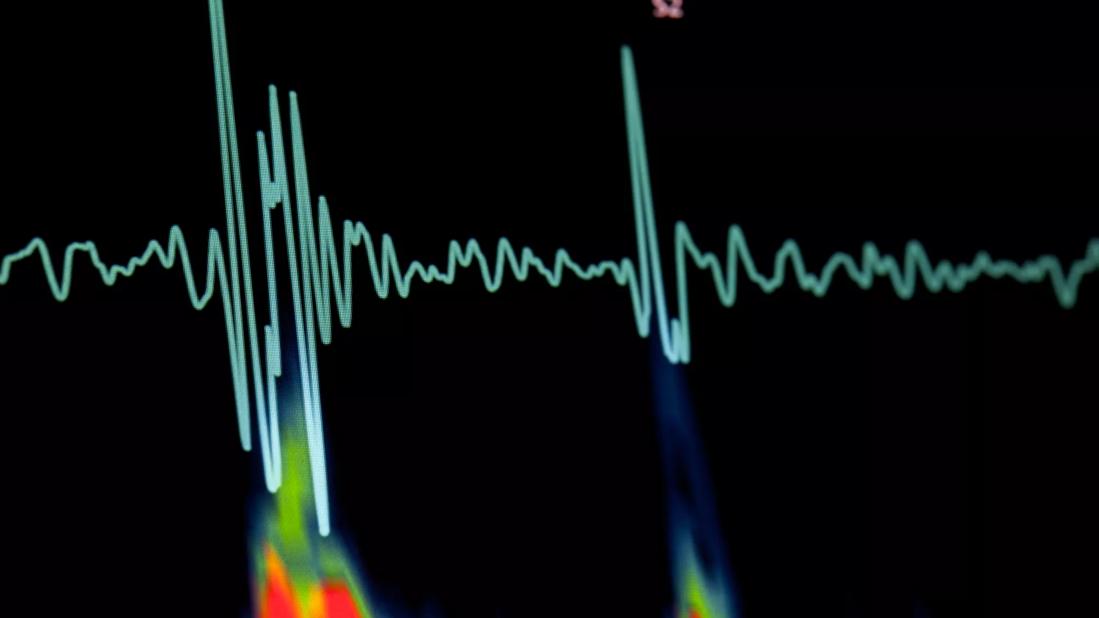Study shows progress from rethinking processes for a vulnerable population

Implementing a comprehensive protocol for treatment of in-hospital ST elevation myocardial infarction (STEMI) yielded a 45 percent decrease in ECG-to-balloon time at Cleveland Clinic and doubled the percentage of patients treated within the guideline-recommended 90-minute time window. So finds a Cleveland Clinic analysis presented at the American College of Cardiology’s 67th Scientific Session (ACC.18).
Advertisement
Cleveland Clinic is a non-profit academic medical center. Advertising on our site helps support our mission. We do not endorse non-Cleveland Clinic products or services. Policy
“Patients with STEMI during hospitalization are a high-risk, vulnerable population who tend to experience delays in reperfusion relative to patients who present to the emergency department with STEMI,” says the study’s senior author, Umesh Khot, MD, Vice Chair of Cardiovascular Medicine at Cleveland Clinic.
“Recognizing this, we implemented a comprehensive STEMI protocol for hospitalized patients at our institution in July 2014,” notes co-author Samir Kapadia, MD, Director of Cleveland Clinic’s Sones Cardiac Catheterization Laboratory. Main features of the protocol included:
“To determine the protocol’s effectiveness, we reviewed consecutive cases of STEMI among hospitalized patients treated with PPCI at our institution from the beginning of 2011 through the end of 2016,” says co-author Chetan Huded, MD, MSc, who presented the study at ACC.18. “We compared time to reperfusion — measured as the time from ECG to balloon inflation — before and after implementation of the protocol.”
Among the 79 patients with in-hospital STEMI during the six-year study period, 48 (61 percent) were managed before the protocol and 31 (39 percent) after protocol implementation. Mean age was 65 ± 14 years, and 60 percent of patients were men.
Advertisement
Key outcomes were as follows:
The study’s findings are timely, as they come in the wake of a special communication from the In-Hospital STEMI Quality Improvement Project published by JAMA Cardiology in February 2018. That report notes that while in-hospital STEMI carries mortality rates tenfold higher than those for out-of-hospital STEMI, “few [hospitals] have established systems for the recognition, triage and treatment of in-hospital STEMI.”
“The In-Hospital STEMI Quality Improvement Project concluded its communication with a call for quality improvement projects and protocols to expedite care and improve outcomes from STEMI in this highly vulnerable patient population,” says Dr. Khot. “Cleveland Clinic is proud to share our relevant experience from this new study. We look forward to opportunities to exchange insights with other organizations to help define best practices for better addressing this population’s unmet needs.”
Advertisement
Advertisement

Study authors urge reevaluation of the sweetener’s safety designation by food regulators

Surprise findings argue for caution about testosterone use in men at risk for fracture

Findings support emphasis on markers of frailty related to, but not dependent on, age

Additional analyses of the two trials presented at 2023 ESC Congress

Prospective SPIRIT-HCM trial demonstrates broad gains over 12-month follow-up

Review of our recent experience shows it’s still a safe option

Machine learning may improve risk prediction and guide therapy

Nationwide database study finds racial and regional variations